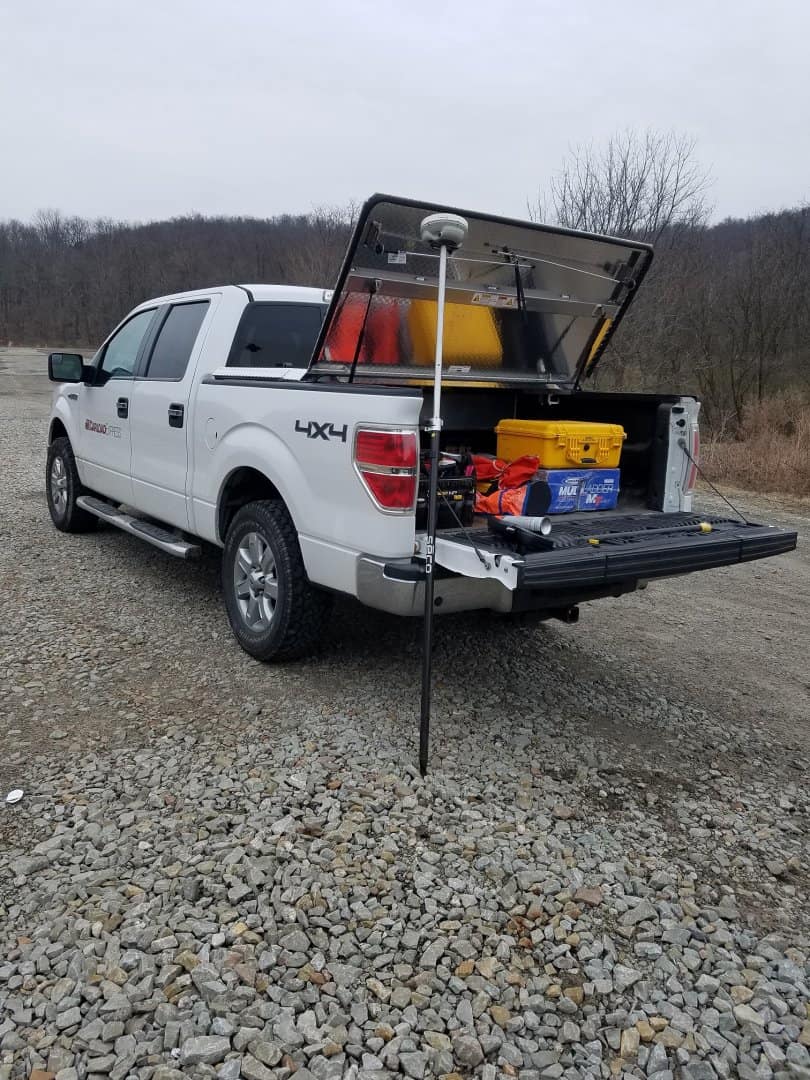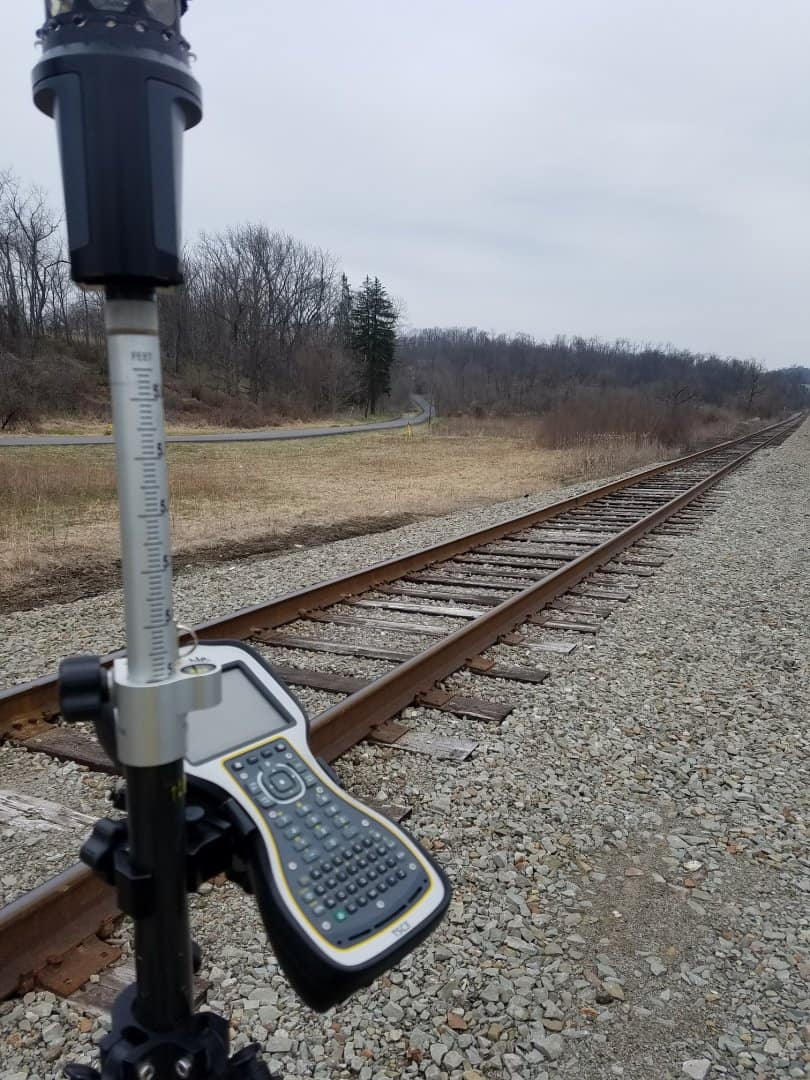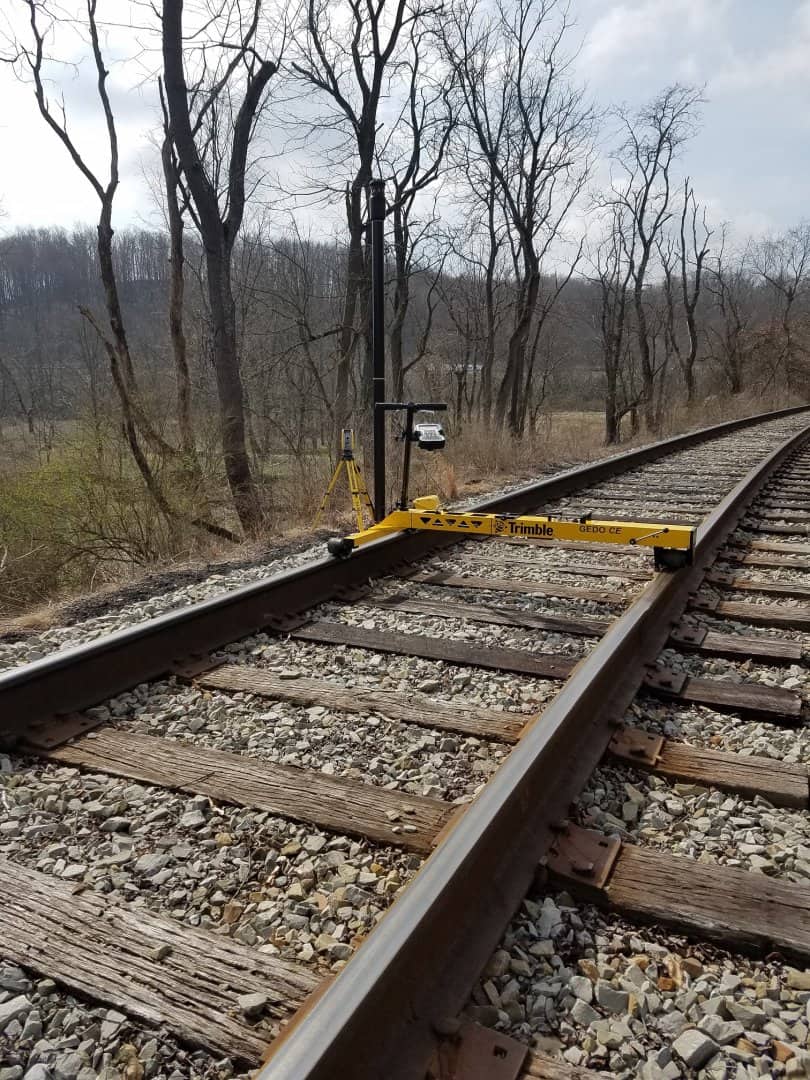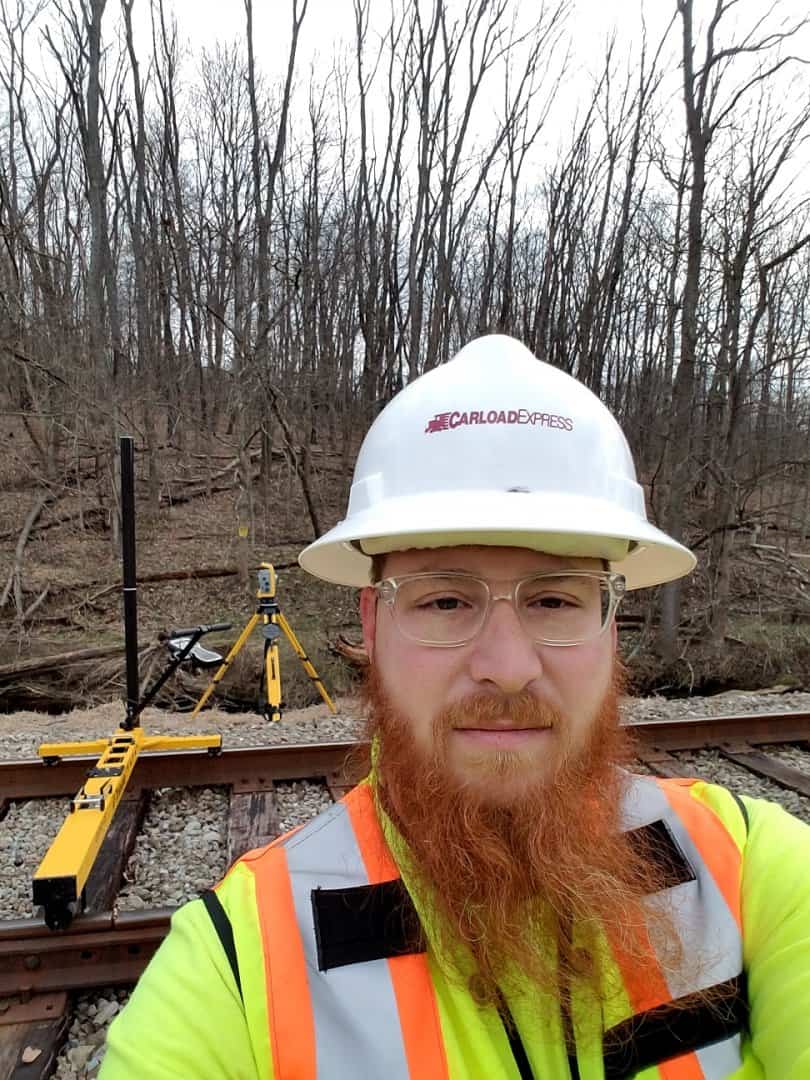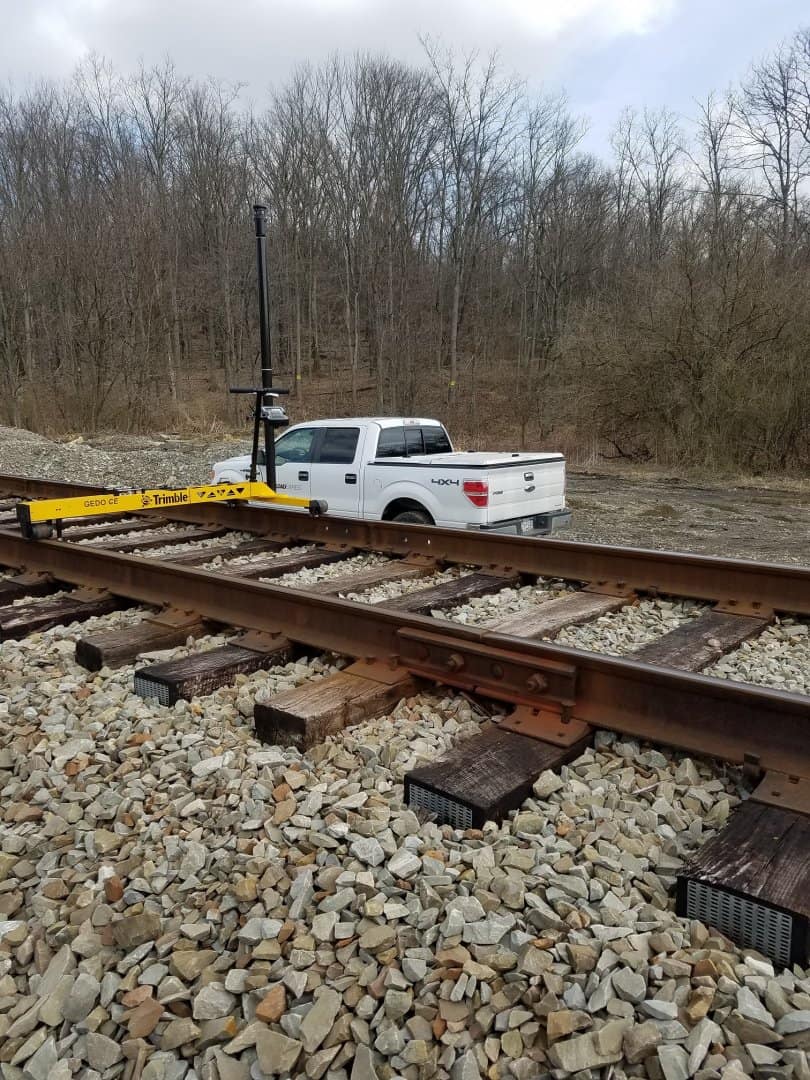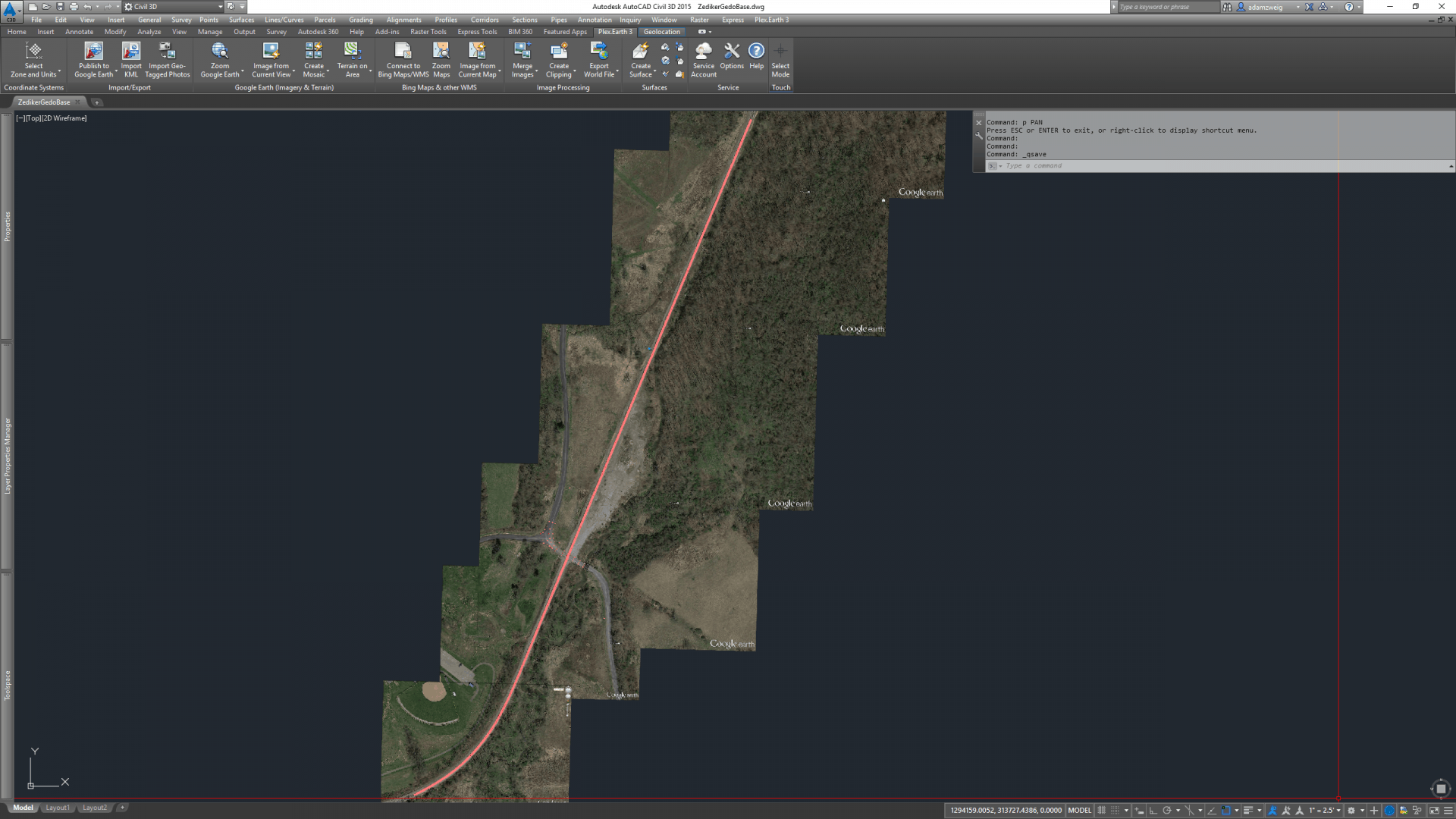Very cool! Thanks for sharing.
It must feel strange to be working in the RR ROW without looking over your shoulder every 2 minutes to see if the RR police are on their way to kick you out.
Jim Frame, post: 419676, member: 10 wrote: It must feel strange to be working in the RR ROW without looking over your shoulder every 2 minutes to see if the RR police are on their way to kick you out.
Around here they kick you off after they get your info so they can send you a large fine.
Jim Frame, post: 419676, member: 10 wrote: It must feel strange to be working in the RR ROW without looking over your shoulder every 2 minutes to see if the RR police are on their way to kick you out.
At first, but after 5 years, it's just another day.
I can remember when the only way to survey along a RR was to setup on the CL and traverse down the tracks and pull tape and turn to chords thru the curves.
Your ears get tuned into those low toned noises emitting from the rails when a train is approaching and you break setup and crawl out on the steep grade to hug rocks to keep from falling into water while a train passed.
Those RR jigs are really nice and makes the 2.71ft mark on a lath the cause of my sore back..........
😎
Spring is in the air 

I believe it's an Eastern Bluebird
Larry Scott, post: 420338, member: 8766 wrote: Spring is in the air
A Harris, post: 419708, member: 81 wrote: the 2.71ft mark on a lath
What's the significance of that number? I can't relate it to RR gauge.
Edit: I think RR gauge is 4.71 ft and half gauge 2.35. Maybe you quoted a mixture of integer and decimal?
Bill93, post: 420458, member: 87 wrote: What's the significance of that number? I can't relate it to RR gauge.
Edit: I think RR gauge is 4.71 ft and half gauge 2.35. Maybe you quoted a mixture of integer and decimal?
Thanks for catching that
I must have suffered a Brain cramp,
normal RR guage is 4.71 feet.
The Lufkin Highway tape had a 1/2 RR guage mark at 2.355ft
When I locate RRs I put half guage mark on a lath and hand to the rodman to get the cl from the inside rail or when I am in a really good mood I will cut one off to where it will work by putting it between the inside of the rail and the edge of the prism pole.
On some days when I can get a good view of the RR I will simply shoot an inside rail prisimless.
RRD gauge has Interesting history. Note the bold text:
In 1886, the southern railroads agreed to coordinate changing gauge on all their tracks. After considerable debate and planning, most of the southern rail network was converted from 5 ft (1,524 mm) gauge to 4 ft 9 in (1,448 mm) gauge, then the standard of the Pennsylvania Railroad, over two remarkable days beginning on Monday, May 31, 1886. Over a period of 36 hours, tens of thousands of workers pulled the spikes from the west rail of all the broad gauge lines in the South, moved them 3 in (76 mm) east and spiked them back in place. The new gauge was close enough that standard gauge equipment could run on it without problem. By June 1886, all major railroads in North America were using approximately the same gauge. The final conversion to true standard gauge took place gradually as track was maintained.[1]Now, the only broad-gauge rail systems in the United States are some city transit systems.
